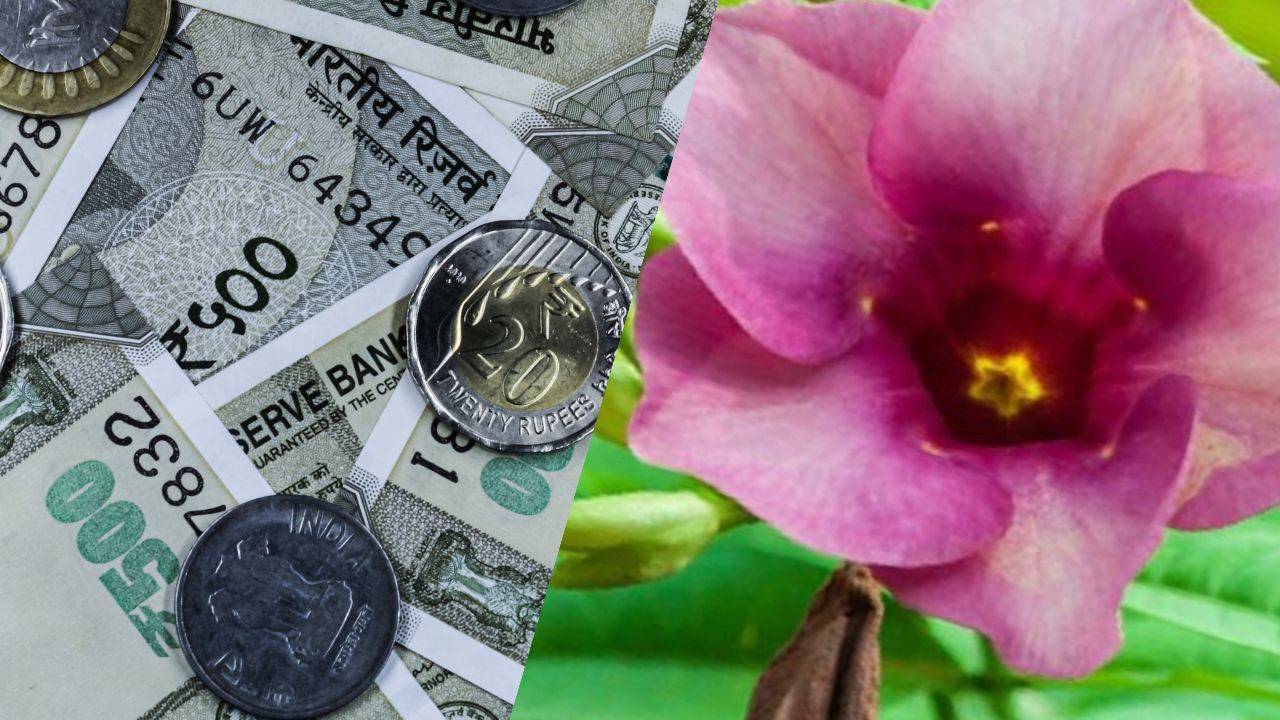
Gulkhaira cultivation, also known as Gulkhaira farming, offers not only the potential for profits but also a way to minimize losses.
Gulkhaira, a medicinal plant used in various medicines including Unani remedies, holds the promise of sustainable agricultural development and has emerged as a promising opportunity amidst limited prospects in other farming ventures.
One fascinating aspect of Gulkhaira cultivation is its compatibility with existing crops. This means you don't need a separate land to grow this crop. By strategically integrating Gulkhaira with conventional crops, you can anticipate a successful harvest, leading to improved growth and increased profits.
Gulkhaira is highly valued for its medicinal properties. Different parts of the Gulkhaira plant, such as flowers, leaves, stems, and seeds, command high prices in the market.
Reports indicate that one quintal of Gulkhaira can fetch prices of up to ₹ 10,000. It's mentioned that around five quintals of Gulkhaira can be produced from a single bigha of land, potentially generating earnings of up to ₹ 50,000 per bigha.
The Gulkhaira cultivation cycle spans from November to May. The investment primarily involves obtaining seeds, and the planting begins in November with harvesting taking place in April and May. As the plant matures, its leaves and stems naturally drop, simplifying the collection process. These harvested components are valuable raw materials used in producing medicines for various conditions like fever and cough.
Gulkhaira cultivation is notably prevalent in neighbouring countries like Pakistan and Afghanistan. Recently, it has gained traction in Uttar Pradesh, particularly in regions like Kannauj and Hardoi.
The market-driven demand for Gulkhaira is strong among pharmaceutical companies, and at times, dealers even establish agreements with farmers for set prices before the harvest, highlighting the economic potential of cultivating this medicinal plant.
















